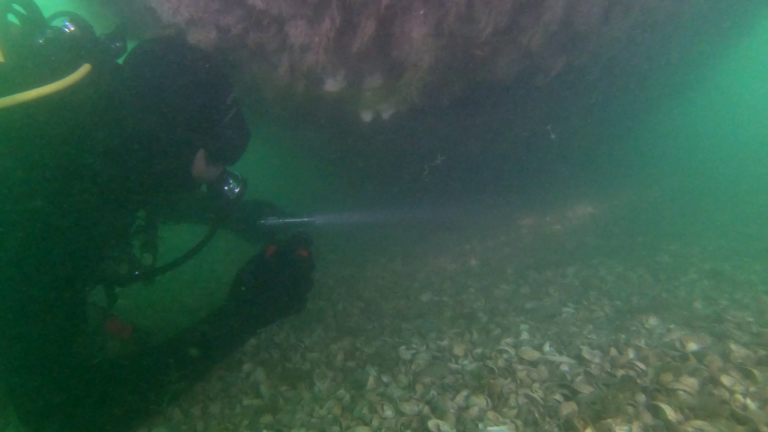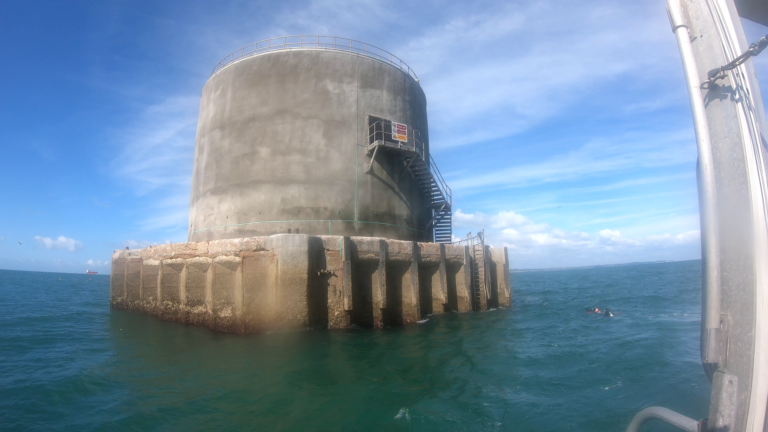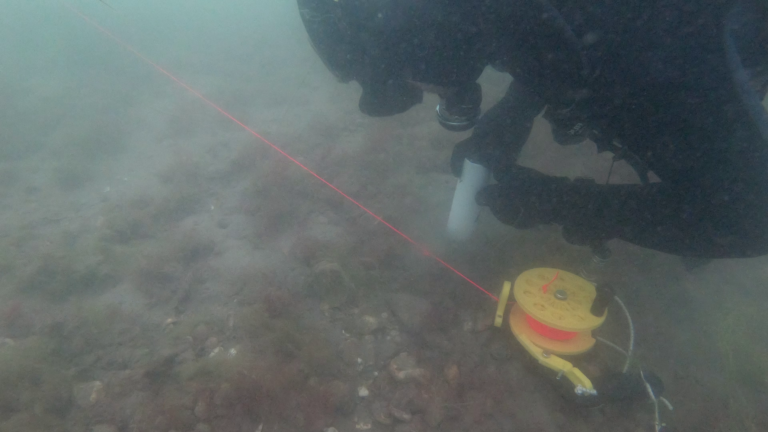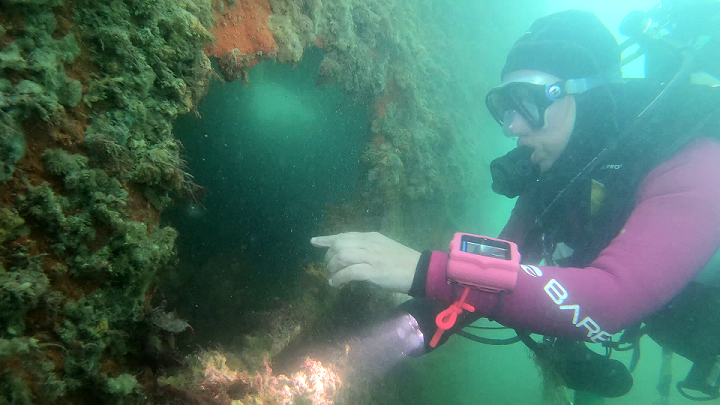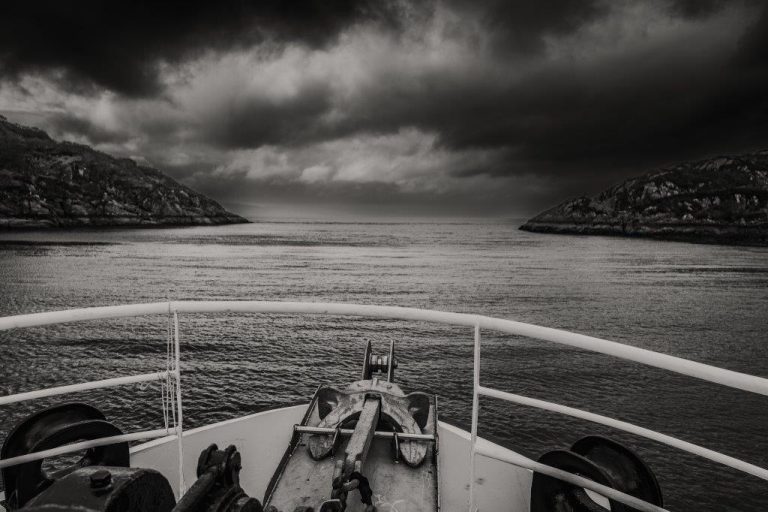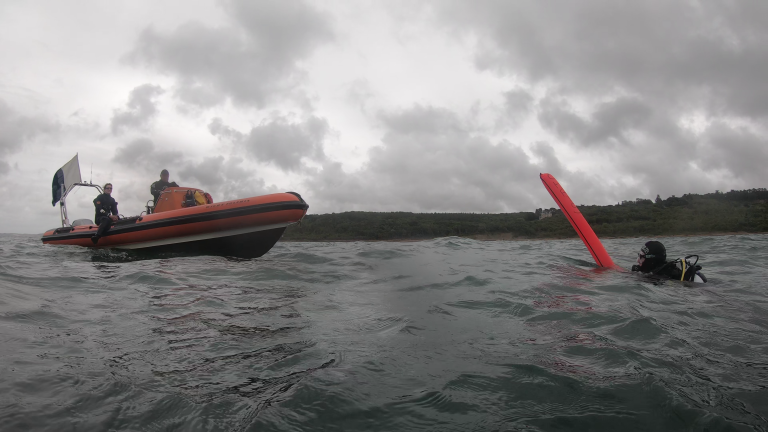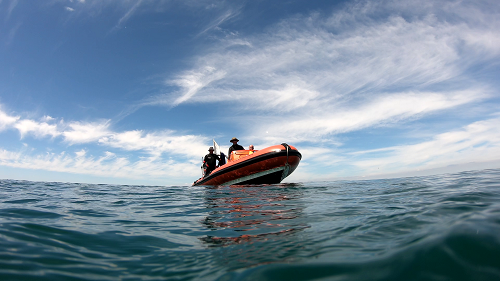Solent Oyster Expeditions July and August 2022
Vectis Expeditions organised some citizen science dives, searching for remnant native flat oyster populations around the Solent on a number of different wrecks and reefs. We were very pleased to have volunteer divers from project partners BLUE Marine Foundation and also a scientist based at the University of Portsmouth marine laboratory to help guide us on a dive on the BLUE Marine reef project.
July 15th
Today we mobilised onboard diveboat Wight Spirit from Lymington. The sites chosen for our BSAC Operation Oyster dives focussed on waters approaching the Eastern Solent in depths suitable for BSAC Sports Diver. We chose to check out some more popular wrecks that most of the divers onboard had not dived previously. The first was the Clan Macvey in Poole bay, the second was the Warknight which is just west of Freshwater bay off the Isle of Wight. The third planned dived was the Irex, a shallow sailing vessel shipwreck in Scratchells Bay nearer the Needles.
After a prolonged period of settled weather we were expecting better visability underwater than we actually encountered. Still, the visibility was good enough to find native flat oysters around the wrecks.
The dive team managed to spot numerous native flat oysters both alive and dead. The record number found by one buddy pair was about 50 but this particular pair included the lead native oyster scientist for the BLUE Marine Foundation whose eyes were clearly more attuned to spotting juvenile oysters.
Being in the middle of a heatwave the temperature and bright sunshine compensated somewhat for the lack of visability underwater. Unfortunately a fresh breeze developed later in the day creating a less favourable seastate which prevented a dive on the SS Irex.
Content with two good dives and lots of oyster sightings we headed back to port.
August 4/5th
These expeditions targeted sites in the eastern Solent and so the expedition base relocated to Southsea Marina for the duration.
Day 1 we headed to the Nab tower and then the wreck of the HMS A1 submarine before picking up a BLUE Marine Foundation oyster scientist and heading to be the first to dive their Oyster restoration project.
Visibility was better than expected although still murkier than earlier in the year. Yet again the dive team were spotting native flat oysters.
We were especially grateful to Martin Davies and Alison Mayor who as licensees granted us permission to dive on HMS A1 which due to its historic importance as the Royal Navy’s first operational submarine is now a protected wreck site. The few oysters spotted on the A1 were especially difficult to spot. The shot had been carefully deployed off to the side of the wreck to avoid damaging the wreck. In doing so it has left a small depression on the seabed revealing old, buried oyster shells underneath the present day seabed which is littered with Crepitula Fornicata (slipper limpet).
Our third dive of the day was on the BLUE Marine Oyster restoration project in Langstone Harbour. We were very privileged to have onboard a BLUE marine scientist who guided us to the site and gave us permission to gather samples of juvenile oysters from the seabed for further study in the laboratory.
Day 2 commenced with a dive on the wreck of HMS Boxer in Sandown Bay off the Isle of Wight. This wreck is somewhat of an oasis of life in an area of flat sand. Having used up the ‘slack water’ on HMS Boxer we headed inshore for the 2nd dive.
For our second dive we chose to dive on wreck of the Haulier, a barge which sank in the early 1970’s and was dispersed by explosives in 1975. Not much is left standing up to look at but at least we proved there was still something there! We turned the second half of the dive into a challenge to drift off and find an adjacent area of reef.
The final dive was on the Roway wreck enroute back to Langstone Harbour. The Roway was a dredger that sank in 1967 in very shallow water on the approaches to Langstone Harbour and should be ‘easy to find’ with the bows being only 1-2m away from the isolated Danger mark. Once the tide turned and visibility improved we were presented with quite a nice little wreck site surrounded by patches of seabed.
